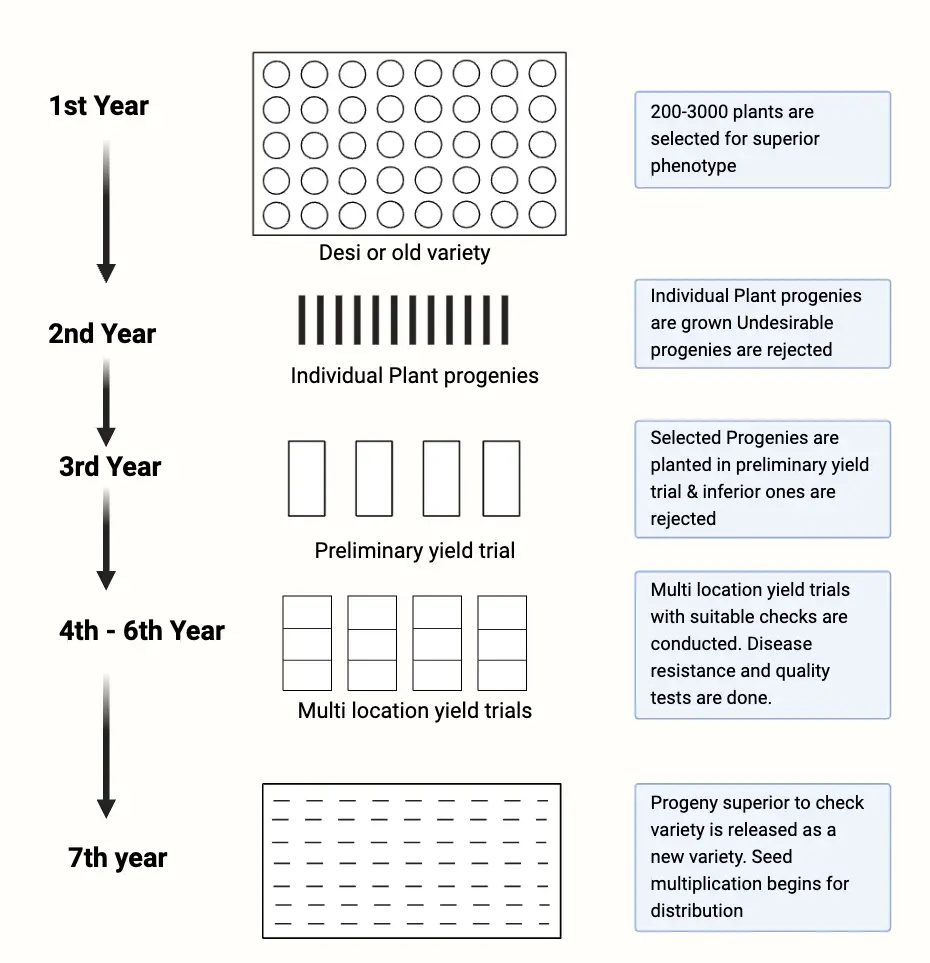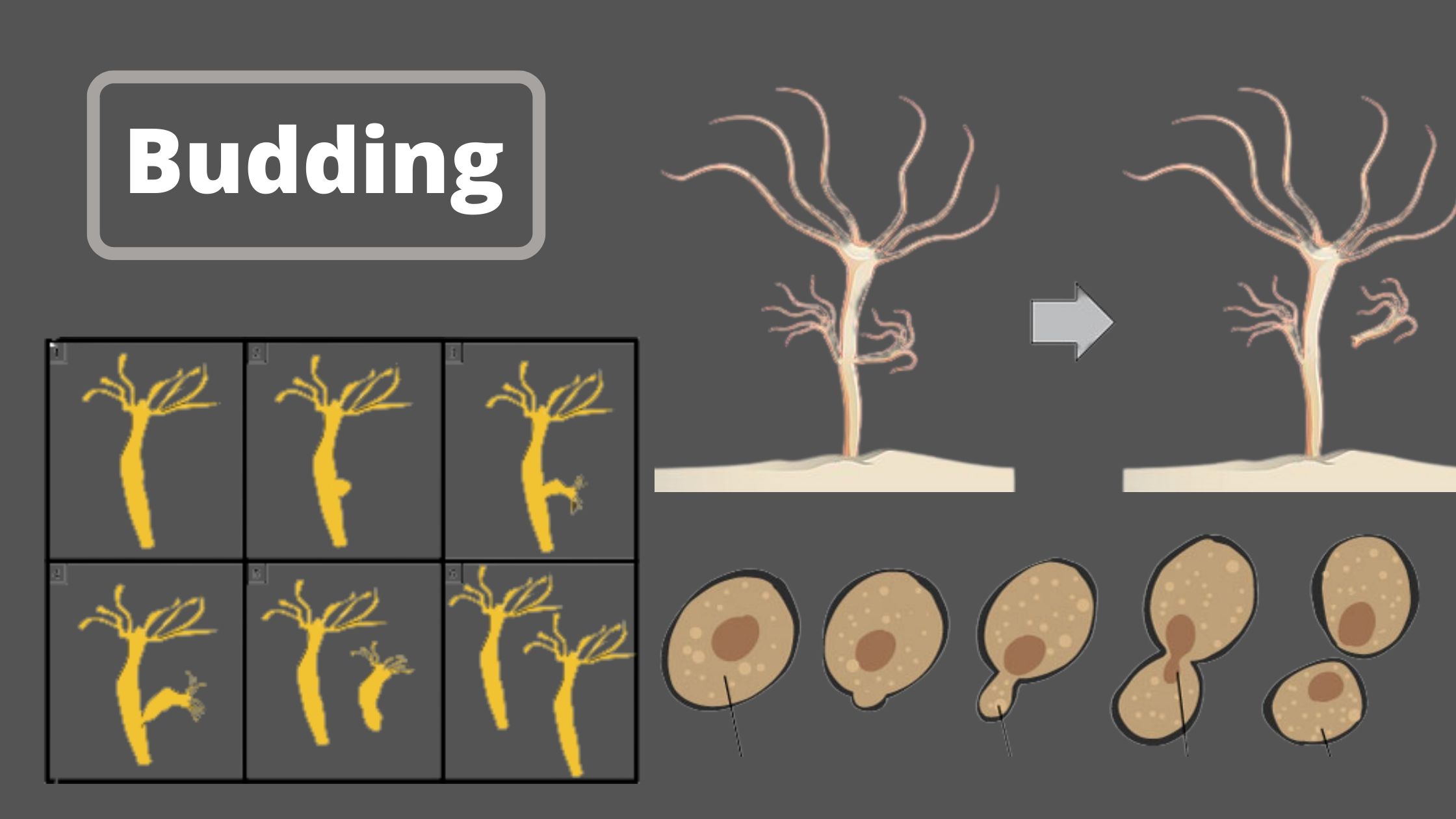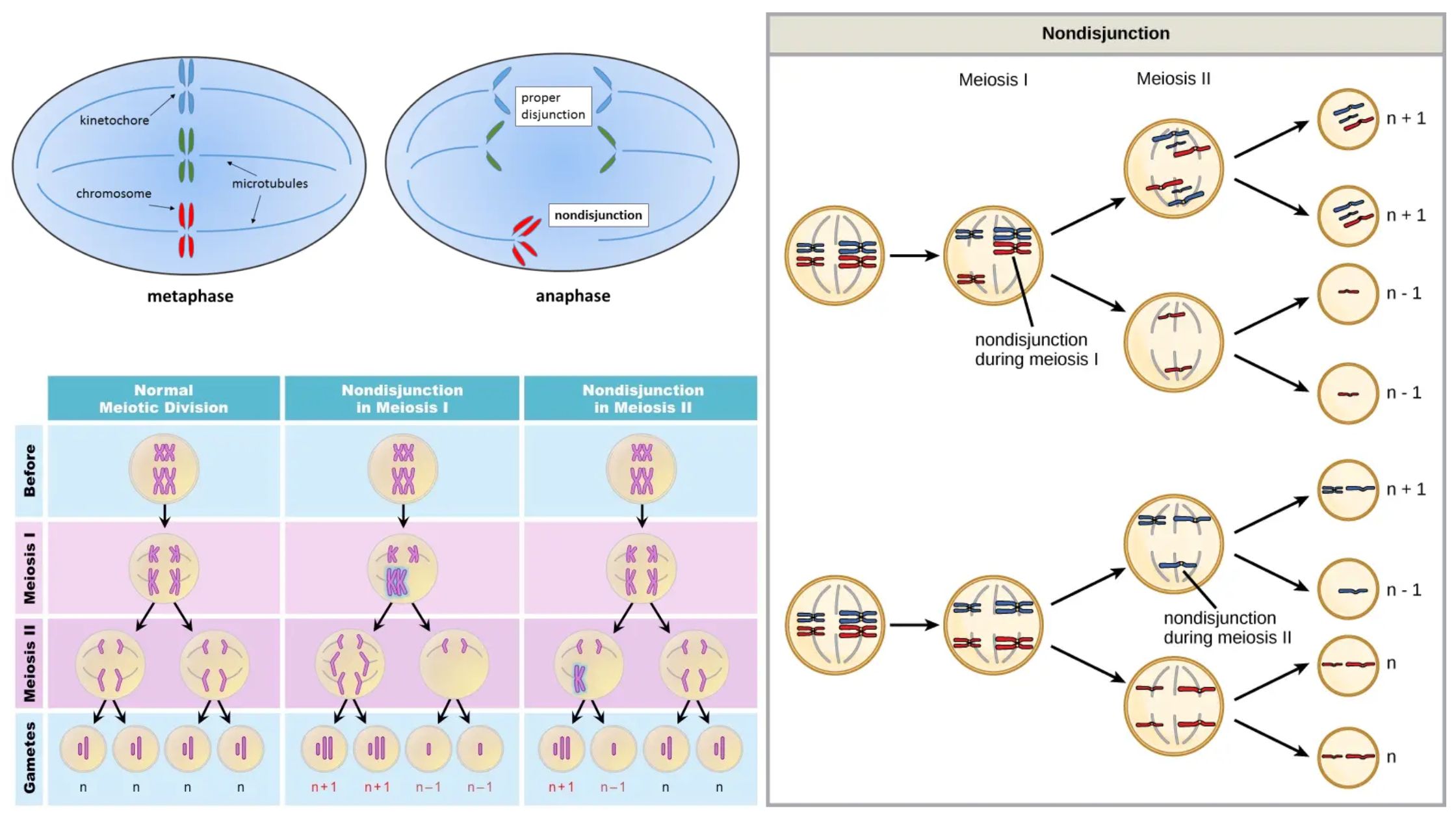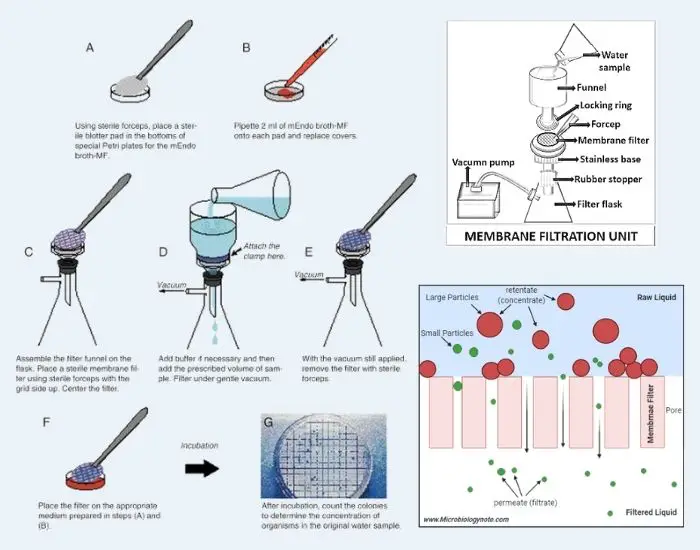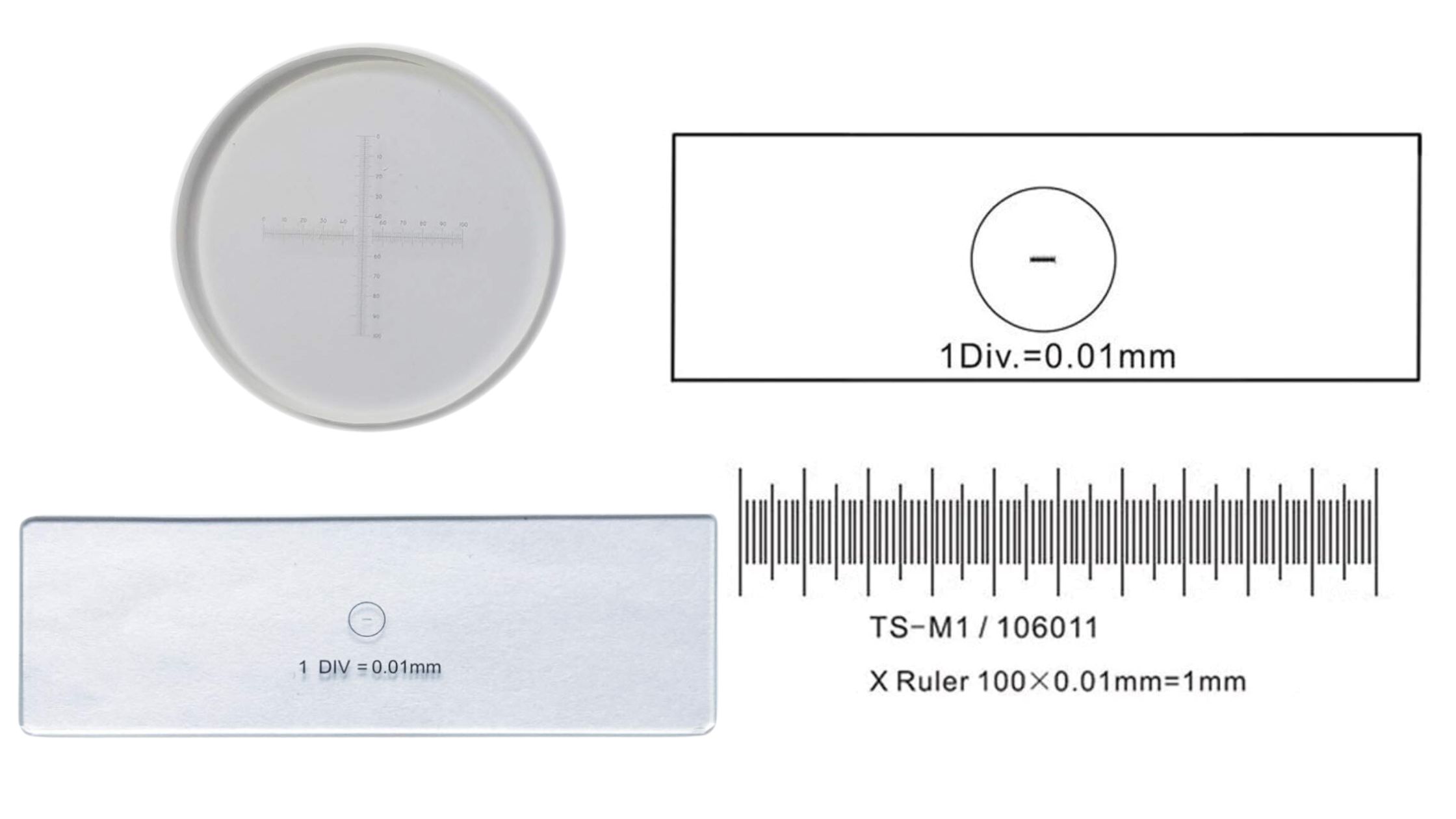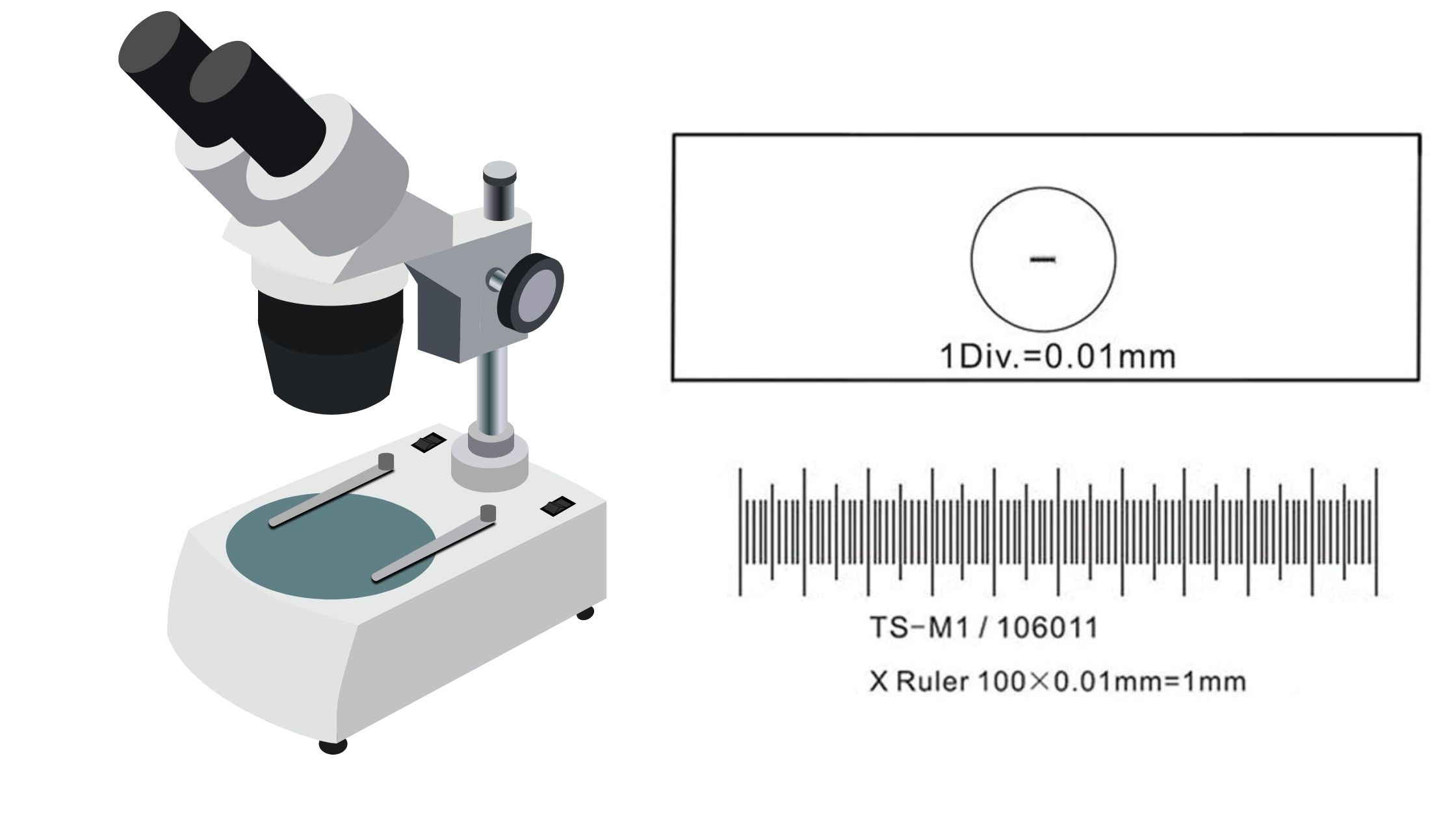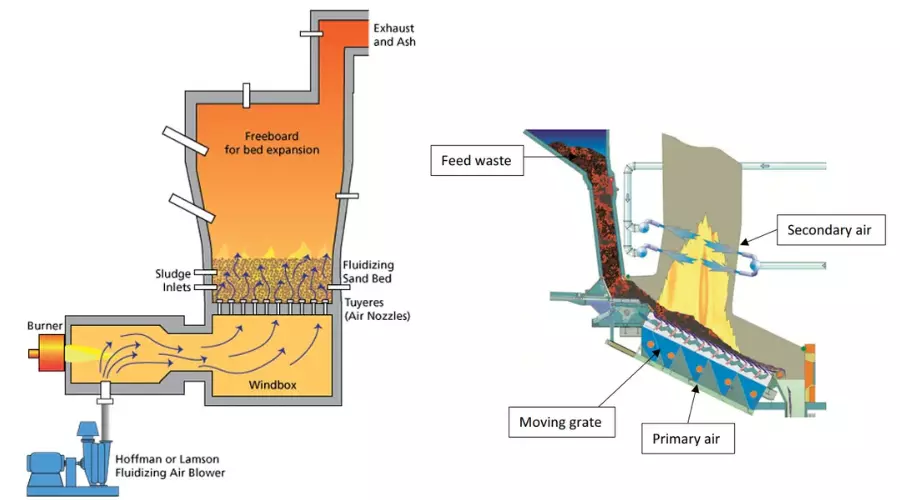Pureline Selection – Procedure, Applications, Advantages, Disadvantages
Pureline selection is a method used in plant breeding where plants are chosen from a single self-pollinated variety to create a population that is genetically uniform. It was first introduced by Johannsen (1903) while working with beans (Phaseolus vulgaris). The method based on assumption that variation seen in self-pollinated crops is mostly due to environment … Read more
